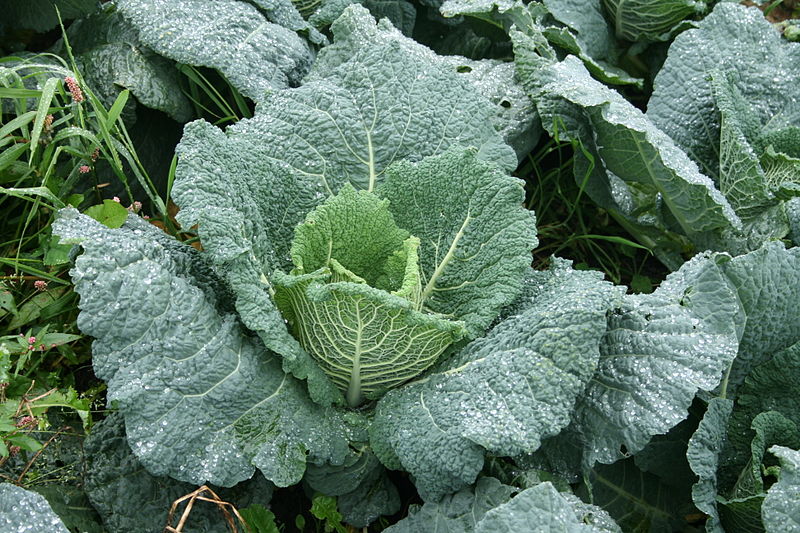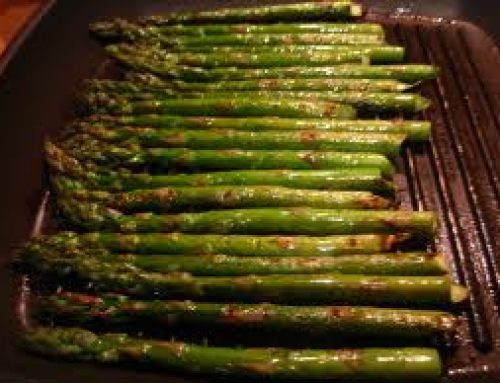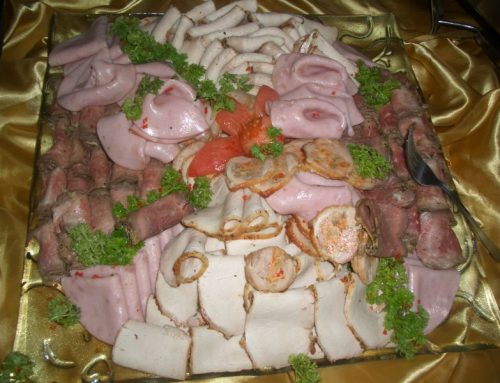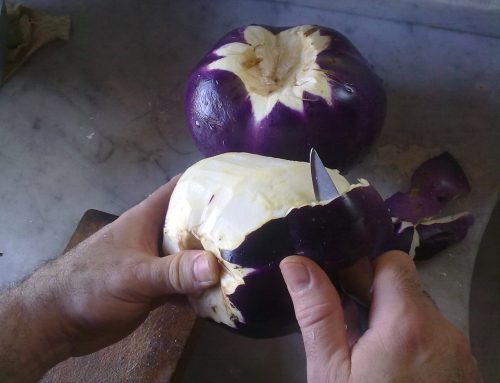As a winter vegetable, the Savoy cabbage is tended to be used I a ll kinds of culinary situations.
It is quite a heavy vegetable for its size and has unblemished leaves that have a bright and fresh look
So can guinea pigs eat savoy cabbage and if they can eat them, how much of them can be eaten.
Lets take a look as usual at the nutritional data and dig a little deeper.
In particular, their acidic, sugar, fat, calcium, and phosphorus content are of particular interest.
image wikpedia
Nutritional value per 100 g (3.5 oz)
Energyt113 kJ (27 kcal)
Carbohydratest6.1 g
– Sugarst2.27 g
– Dietary fibert3.1 g
Fatt0.1 g
Proteint2 g
Vitamin A equiv.t50 μg (6%)
– beta-carotenet600 μg (6%)
– lutein and zeaxanthint77 μg
Thiamine (vit. B1)t0.07 mg (6%)
Riboflavin (vit. B2)t0.03 mg (3%)
Niacin (vit. B3)t0.3 mg (2%)
Pantothenic acid (B5)t0.187 mg (4%)
Vitamin B6t0.19 mg (15%)
Folate (vit. B9)t80 μg (20%)
Cholinet12.3 mg (3%)
Vitamin Ct31 mg (37%)
Vitamin Et0.17 mg (1%)
Vitamin Kt68.8 μg (66%)
Calciumt35 mg (4%)
Iront0.4 mg (3%)
Magnesiumt28 mg (8%)
Manganeset0.18 mg (9%)
Phosphorust42 mg (6%)
Potassiumt230 mg (5%)
Zinct0.27 mg (3%)
(source: Wikipedia)
As you can see Savoy cabbage contains a little phosphorus, a hint of calcium, fat and sugar. They are also a little acidic.
They also contain a very good amount of vitamin c.
With that in mind Savoy cabbages can be eaten 3-4 times a week.





